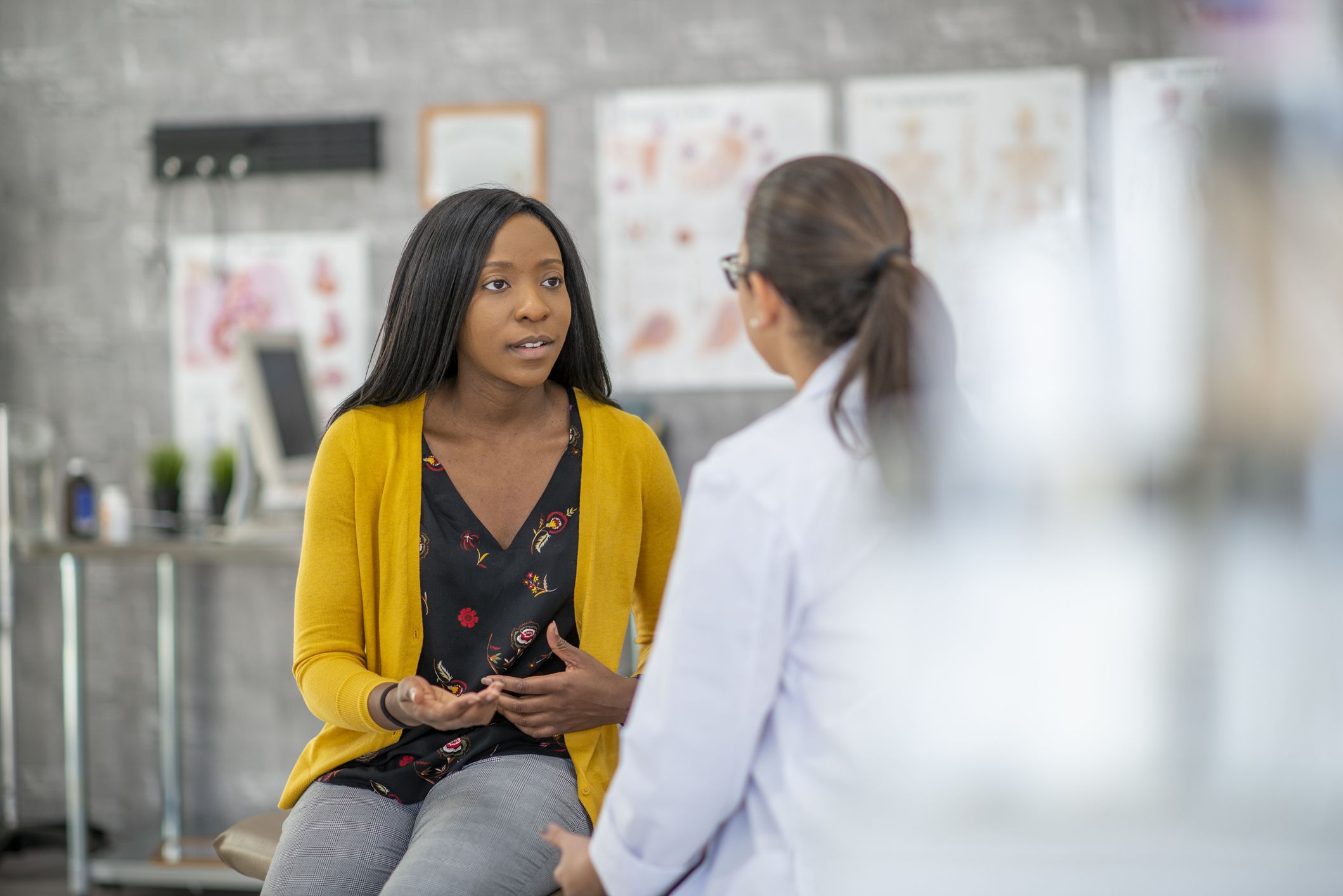It’s that time of the month and you’re curled up in the fetal position, dealing with intolerable cramps and painful bloating that make you want to crawl under a rock. Most women you know seem to have the easiest periods and you’re left wondering if it’s just you. Up to 10 percent of women of childbearing age suffer from endometriosis, a condition where tissue similar to the lining of the uterus grows outside the uterus as lesions. Since it can take an average of 8.6 years to get diagnosed, some women will live in agony for a long time before finding the cause. You don’t have to suffer for years without answers because relief from endometriosis follows diagnosis.
It all starts with a first appointment where a healthcare provider, usually a gynecologist, will obtain your medical history, perform a physical exam and possibly draw blood to rule out other conditions. This is not the time for silence, but the time to discuss any period-related symptoms with your gynecologist.
Be ready for these questions:
- What are your symptoms and how severe are they?
- Do you experience any of the following before, during or after your periods: pelvic pain, discomfort with bowel movements or urination, lower back pain?
- Is sex painful or uncomfortable for you?
- Are you experiencing heavy periods or spotting between periods?
- When did you start noticing these symptoms and are they worsening with time?
Next comes the pelvic exam. You’ll need to undress, put on a patient gown and lie down on an examination table with feet in stirrups. This position allows the gynecologist to visually inspect and palpate your reproductive organs, namely the vulva, vagina, cervix, uterus, fallopian tubes and ovaries. The inside of your lower abdomen will be examined for any abnormalities such as lesions, cysts, growths or scars. While slightly uncomfortable for some, pelvic exams only last a few minutes. So just take deep breaths and relax.
Endometriosis can hide well, even during routine pelvic exams. Depending on the findings or at your gynecologist’s discretion, a diagnostic imaging technique such as an ultrasound, a CT scan or an MRI may be ordered. While these techniques may help confirm findings from a pelvic exam, they cannot distinguish endometriosis from other conditions.
The only way to definitively diagnose endometriosis is with a minor surgical procedure called laparoscopy. Laparoscopies are usually performed under general anesthesia, so you’ll be asleep during the procedure. The gynecologist will insert a thin tube with a tiny camera and light at the end, called a laparoscope, into your abdomen through a small incision. This will allow him or her to examine organs of the pelvic cavity to determine the location, size and shape of endometriosis lesions, cysts or scars. The gynecologist may remove the lesions or take a small tissue sample, called a biopsy, to examine under a microscope.
Some women suffer in silence, assuming endometriosis is an excruciating reality of their normal periods. Others are misdiagnosed because endometriosis-related symptoms tend to mimic diseases of the bladder or intestines. You don’t have to wait an entire decade for answers and relief. You know your body best, so speak up; and if you have any questions or concerns about endometriosis, talk with your gynecologist.





